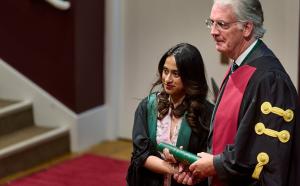

Comment on NHS recovery plan for England
09 February 2022
The NHS in England has published its recovery plan to address backlogs built up during the COVID-19 pandemic, and to tackle long waits for elective treatment.
The publication of the plan is welcomed by the College. It builds on the success of centres that have innovated to deliver diagnostics, and operations (e.g. dedicated surgical hubs).
The success of the recovery plan relies on five main factors:
- funding (a proposed total “extra” spend of £18.9 billion);
- resources (improving and modernising equipment, infrastructure, digital technology);
- minimising bureaucracy;
- working collaboratively across all sectors;
- adequate staffing levels in all health care worker domains.
The last is by far the most important as many staff are exhausted, burned out and plan either to retire or leave the NHS - a crisis in staffing remains. Currently there is a lack of capability to train staff. Recruitment of staff internationally should not be at the expense of their health care delivery. This will take time. However, the recognition that growing and supporting the workforce is critical for the long-term success of the recovery plan. We cannot just rely on digital strategies and different ways of work.
The focus on patients, prioritising those in greatest clinical need, is also welcome but there remains a huge hidden iceberg of the cohort of unknown patients needing care. Quality of care remains a priority and the recovery plan's recognition of the impact of delays on patient well-being is welcomed.
Any solutions for tackling the elective backlog cannot succeed without the close integration of primary, secondary, and community and social care. Currently up to 10% of patients with “no criteria to reside” (NCTR) occupy essential hospital beds due to lack of suitable adequately staffed resources in the community. This should be resolved in parallel.
Finally the details on timelines and targets although ambitious are useful to outline the journey for the NHS in the coming years. The College is willing to work with the NHS across the UK to provide suggestions on how to address the COCID-19 backlog and delays in elective care.







